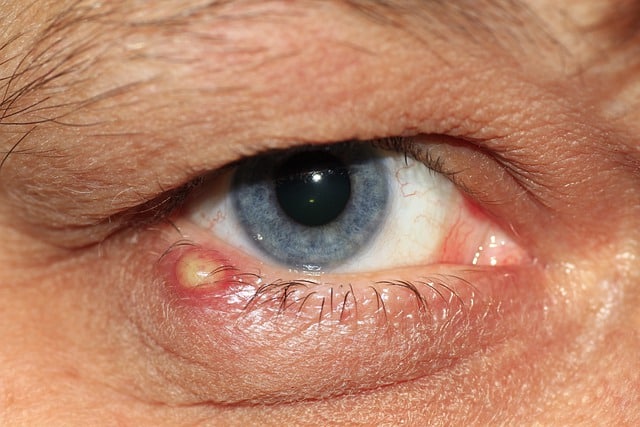
Pus is a viscous substance made up of serum, dead cells and other elements.
Pus is a substance made up of lifeless cells , serum and other components. This viscous liquid, whose appearance can present a range of shades from yellow to green, appears as a result of the segregation of a tissue that generally suffers from some type of infection .
Suppuration (i.e. the generation of pus), therefore, usually originates from an infectious process. However, there are diseases such as psoriasis that include the presence of pus even when they do not imply an infection. In these cases, pus is a consequence of necrotic tissues that accumulate in the same place.
Pus, pustules and boils
When the pus produces a skin inflammation that can be seen with the naked eye, what is known as a pustule or, if the swelling is very large, a boil is generated. In the case where pus accumulates in a closed tissue, it can cause the appearance of an abscess (which involves swelling and infection of the tissue in question).
Acne , which occurs from the accumulation of dead cells and sebaceous secretions that clog hair follicles, can involve the generation of pus. This happens when a bacteria appears that is responsible for infecting the pores and facilitating the spread of pimples or pustules.
If a person squeezes a pimple with pus and pops it, it will cause this fluid to come out of the inflamed tissue. This decision, far from being a solution, can cause skin lesions, scars and even new infections.

Tonsillitis is a condition that can include the appearance of pockets of pus in the throat.
Tonsillitis
If inflammation or infection occurs in the tonsils, one of the possible symptoms is the appearance of pockets of pus , small bumps that make speaking and swallowing difficult, in addition to causing very annoying pain. It is worth mentioning that the tonsils are very important for our body , since together with the adenoids they are the first defensive barrier against a large number of viruses and bacteria that enter the body through the mouth and nasal passages.
When, due to an infection, the tonsils become inflamed and these pockets of pus appear, we speak of tonsillitis . Among its main causes is the presence of bacteria; However, the flu, strep throat, and even a cold can cause this condition . On the other hand, a diet based on unhealthy products, including excess flour, sugar, coffee and fried foods, can also contribute to inflammation of the tonsils.
Some of the most characteristic symptoms of tonsillitis, in addition to the appearance of pus, are the following: ear pain; fever and chills; severe discomfort in the throat for more than two days in a row; headache. If the tonsils are large, problems breathing and ingesting food or liquids may also appear.
When the pain is very mild, or when there are no secondary complications, tonsillitis does not require specific treatment; In such a case, no medication is likely to be indicated. Antibiotics are prescribed when tests show the presence of streptococcus.
Home remedies to treat pus pockets and other throat problems
There are various home remedies to relieve pain and inflammation, and even to attack pockets of pus, some of which are listed below:
* consume cold liquids or ice water;
* avoid hot drinks;
* gargle with water and salt, especially when pus is observed in the throat;
* sucking on pills with benzocaine or similar compounds, which are ideal for relieving pain (they should not be given to small children, as they can cause choking);
* take advantage of the properties of paracetamol and ibuprofen to treat fever and discomfort.
